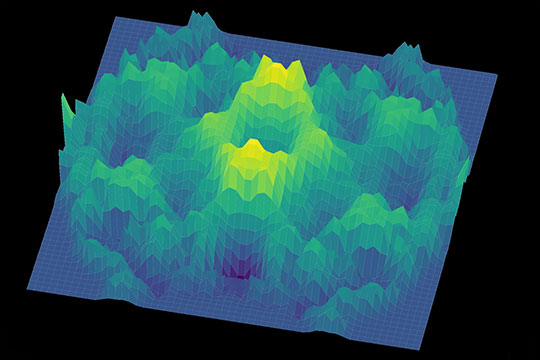Squeezed light sources are a fundamental building block of photonic technologies for quantum information processing. Squeezing is an essential resource for quantum sensing and a wide range of quantum computing algorithms.
Recently, much effort has gone into engineering scalable implementations of such sources using integrated photonics. Compact and highly efficient sources of squeezing have been developed based on whispering gallery mode resonators. Much progress has been made in developing squeezed light sources based on periodically poled waveguides in low-index-contrast platforms.
However, for applications requiring very large numbers of components, high-index-contrast nanophotonic platforms are preferred, as they enable large-scale integration with many hundreds or thousands of elements on a single monolithic chip.
Researchers at Xanadu have demonstrated a photonic molecule composed of two coupled microring resonators on an integrated nanophotonic chip, designed to generate strongly squeezed light uncontaminated by noise from unwanted parasitic nonlinear processes.
By tuning the photonic molecule to selectively couple and thus hybridize only the modes involved in the unwanted processes, suppression of parasitic parametric fluorescence is accomplished. This strategy enables the use of microring resonators for the efficient generation of degenerate squeezed light: without it, simple single-resonator structures cannot avoid contamination from nonlinear noise without significantly compromising pump power efficiency.

They used this device to generate 8(1) dB of broadband degenerate squeezed light on-chip, with 1.65(1) dB directly measured.
The work has been published in Nature Communications.




